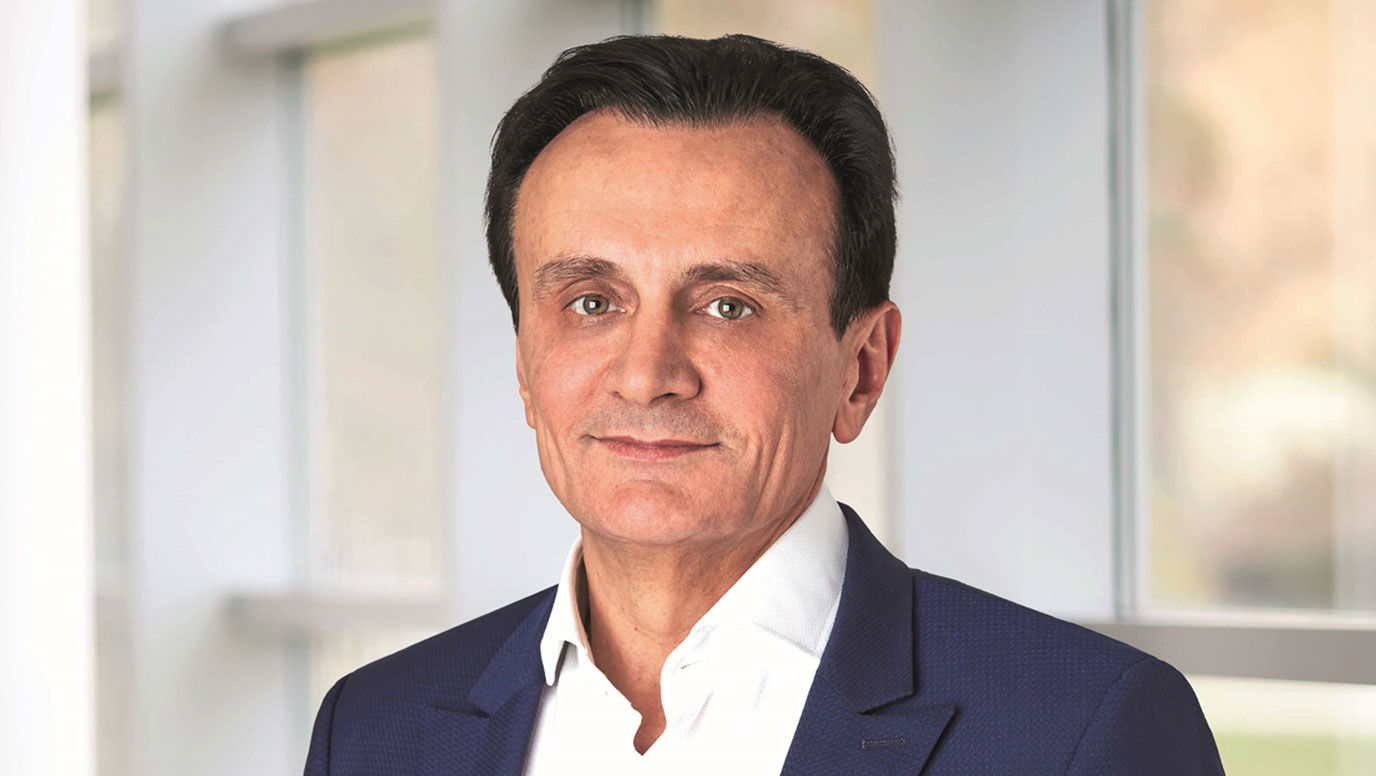AstraZeneca leads FTSE charge with shares surge and higher dividend

Growing at a rate of knots from the Cambridge Biomedical Campus, AstraZeneca hoisted its market cap to £183.58 billion and its share price by 712p (6.40 per cent) to 11,838p today with a strong set of results for the full year and Q4 2024.
Chief executive Pascal Soriot said today’s performance marked the start of a golden age for the business.
The company reported strong momentum in FY 2024 with total revenue and core EPS ahead 21 per cent and 19 per cent, respectively. Total revenue was $54.1 billion – driven by a 19 per cent increase in product sales, continued growth of partnered medicines and the achievement of sales-based milestones.
Oncology led the way with total revenue growth of 24 per cent but it was the breadth of success across a number of segments that was particularly impressive.
AstraZeneca declared a second interim dividend of $2.10 per share making a total annual dividend for the year of $3.10 per share – an increase of seven per cent. The dividend will be further increased in FY 2025.
The company says total revenue of FY 2025 is expected to rise by a high single digit percentage and EPS by a low double-digit percentage.
Pascal Soriot said: “Our company delivered a very strong performance in 2024 with Total Revenue and Core EPS up 21 per cent and 19 per cent, respectively.
“We also delivered nine positive high value Phase III studies in the year which, coupled with increasing demand for our medicines in all key regions, will help sustain our growth momentum into 2025.
“This year marks the beginning of an unprecedented, catalyst-rich period for our company – an important step on our Ambition 2030 journey to deliver $80 billion total revenue by the end of the decade.
“In 2025 alone, we anticipate the first Phase III data for seven new medicines, along with several important new indication opportunities for our existing medicines.
“We are also investing in and making significant progress with transformative technologies that have the potential to drive our growth well beyond 2030, many of which have now entered pivotal trials.”


